Pipevine Butterfly
Kamama Prairie
Kamama Prairie. Kamama is a 192-acre preserve located in Adams County. The diverse habitats— xeric short grass prairies, recovering pastures, juniper-oak woodlands, exposed limestone boulders, cliff edges, and its seeps, springs, ponds, and streams—are responsible for the preserve’s grand and diverse explosion of life. Kamama Prairie is the crown jewel of the Arc’s biodiverse preserves, sheltering 27 state-listed rare and endangered plant species and 67 species that were previously state-listed. Nearly one out of every four state-listed species in the entire 10,000-acre-plus Arc Preserve system lies in this singular relatively small preserve.
Hiking: Sunrise to Sunset
Address: 778 Steam Furnace Road, Peebles OH 45660
Download and Go! - Hiking Guide and More Information
A dog owner's guide to hiking the Arc of Appalachia

Spicebush Butterfly over a Pipeline Butterfly - Photo by Jeff White
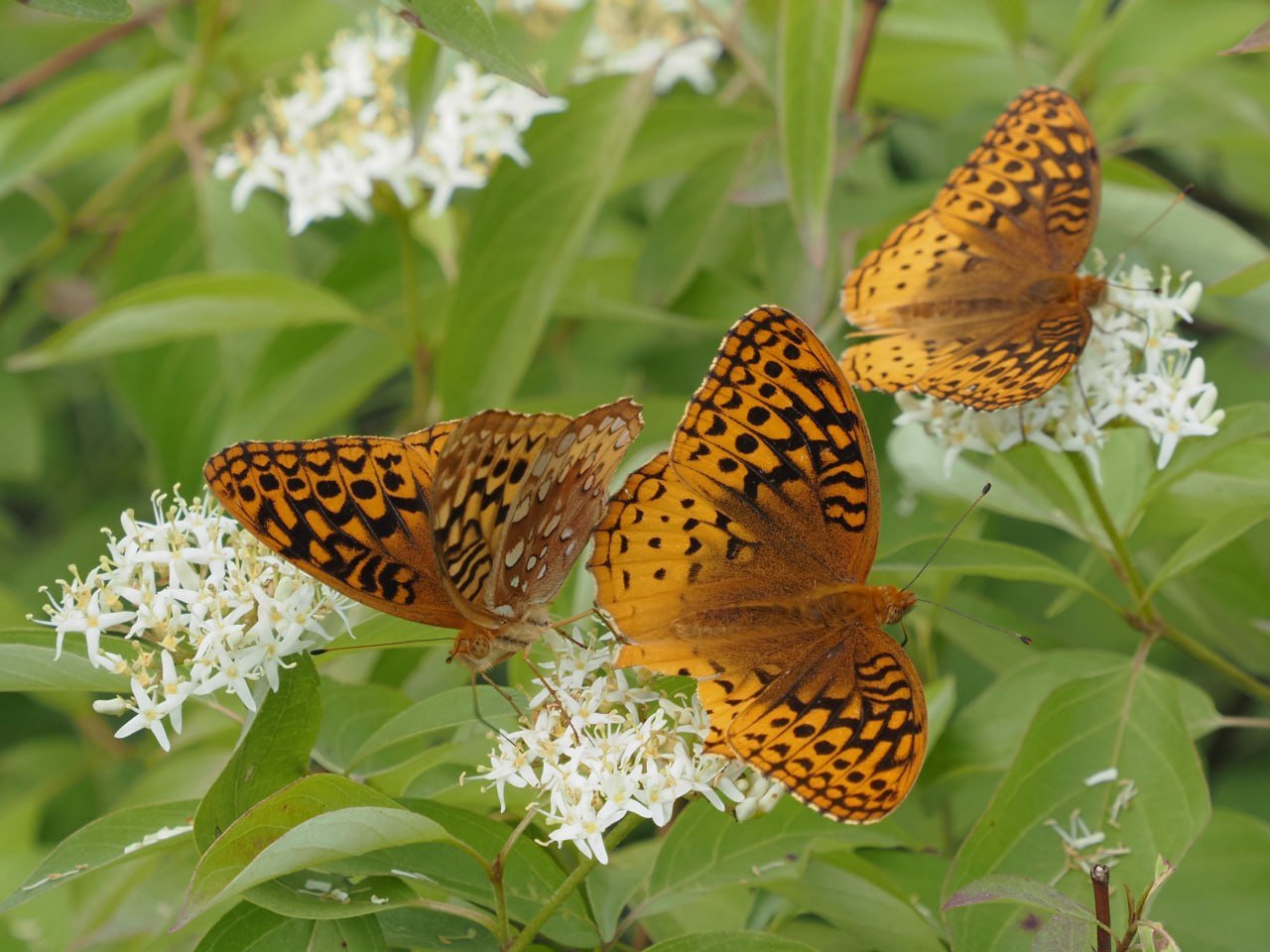
Great Spangled Fritillary butterflies - Photo by Jeff White
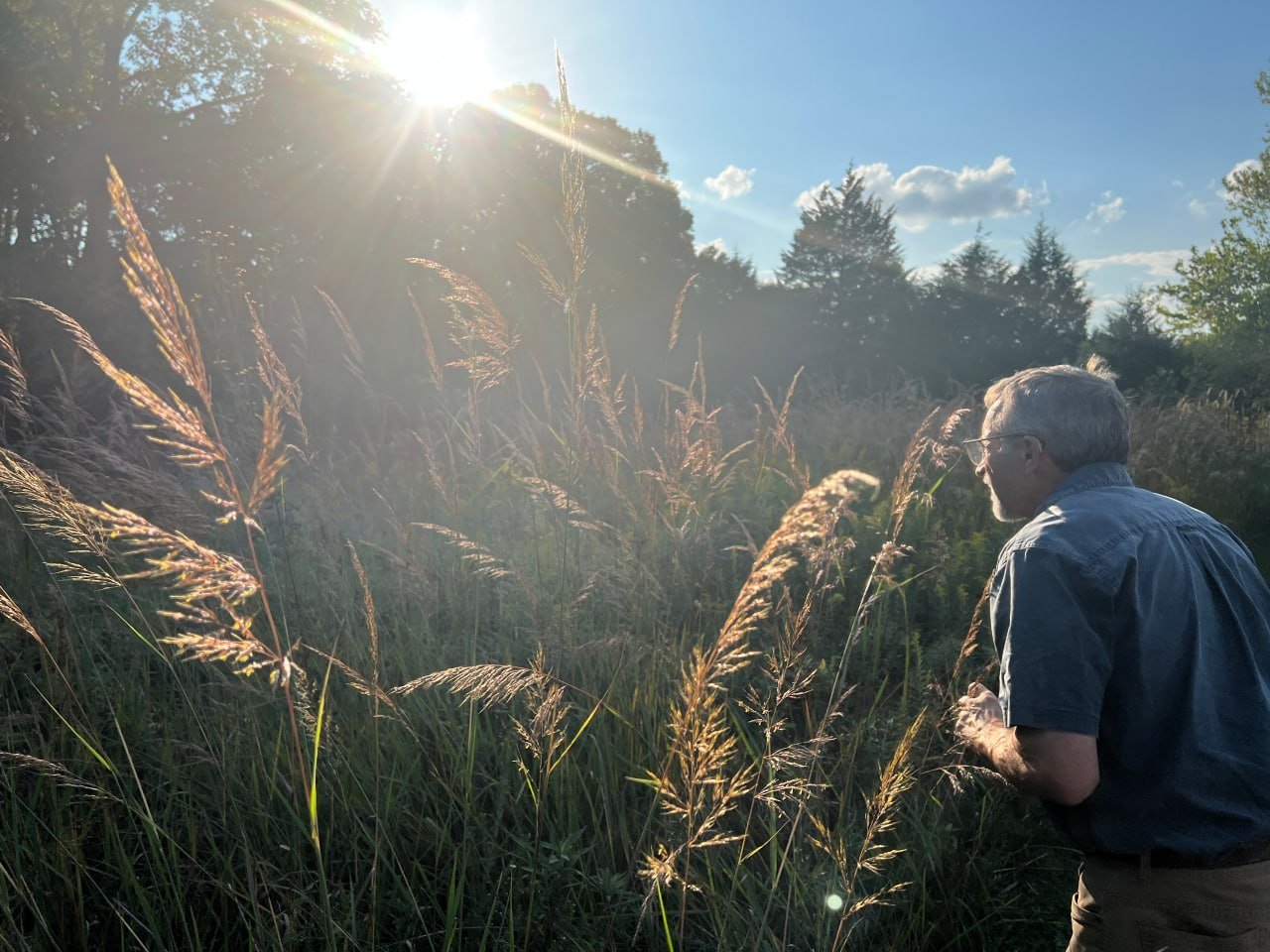
Indian Grasses backlit by the sun
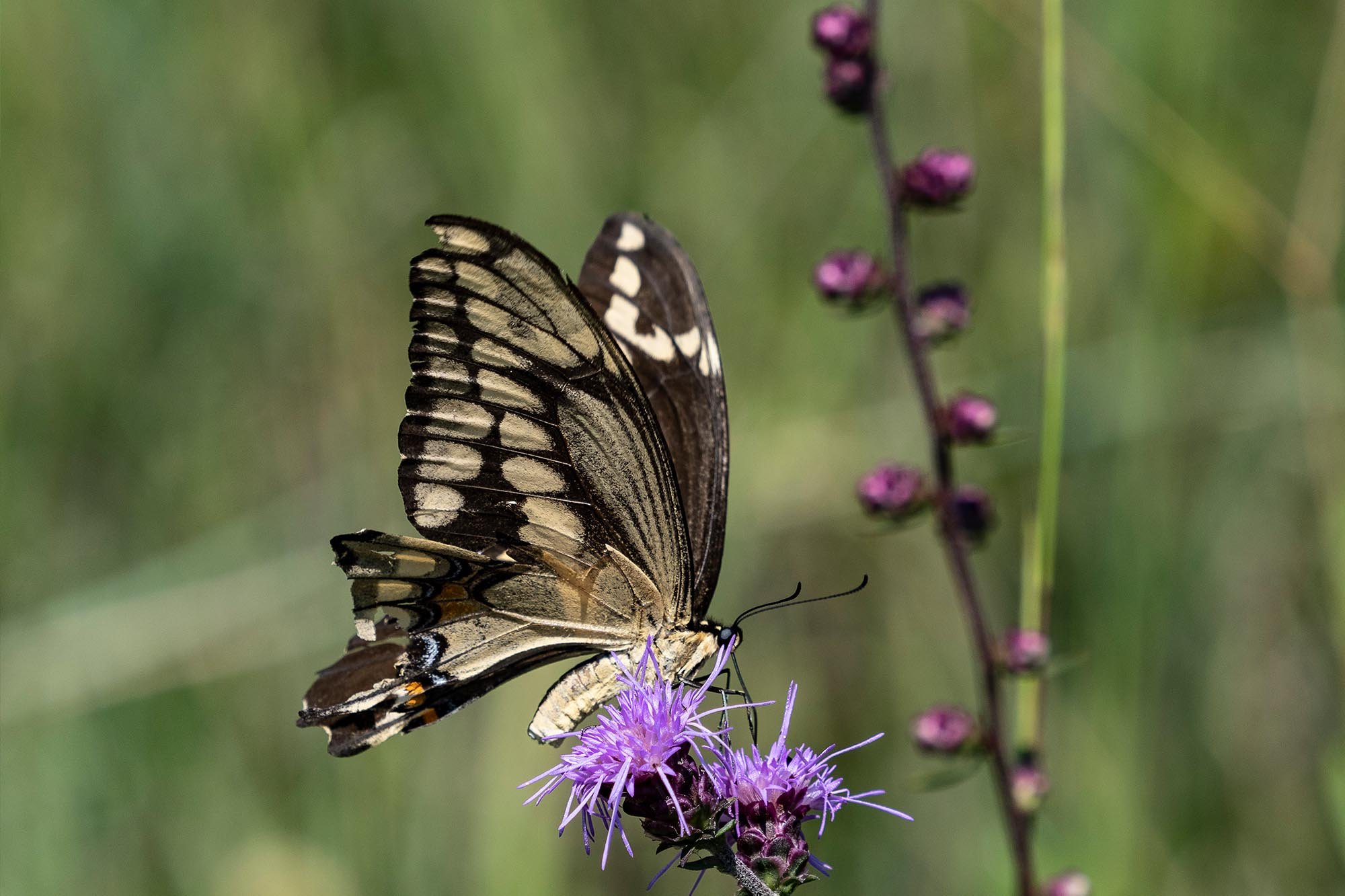
Giant Swallowtail - Photo by Jeff White

Downy Wood Mint in bloom
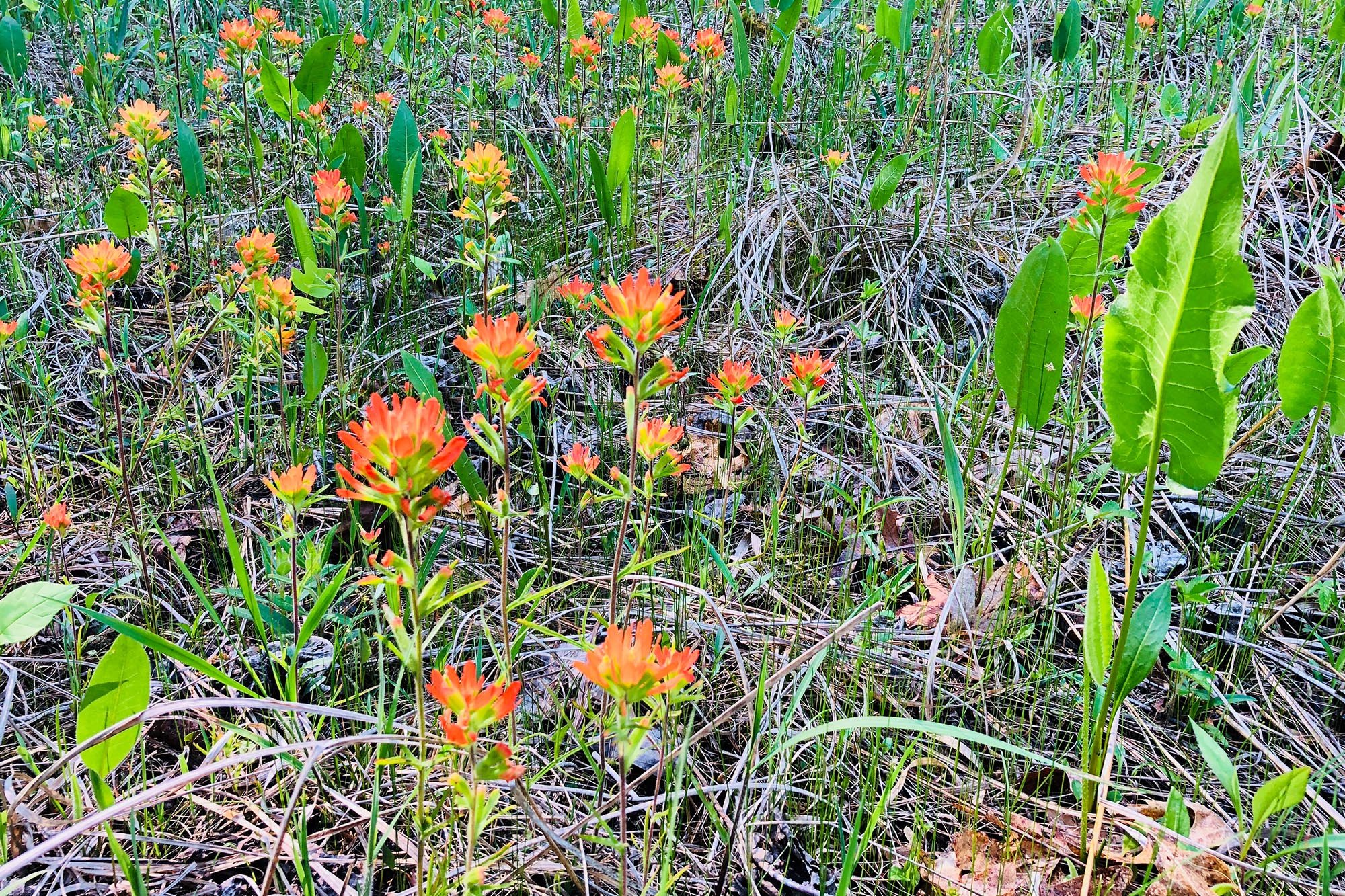
Prairie-Fire photo by Tim Pohlar
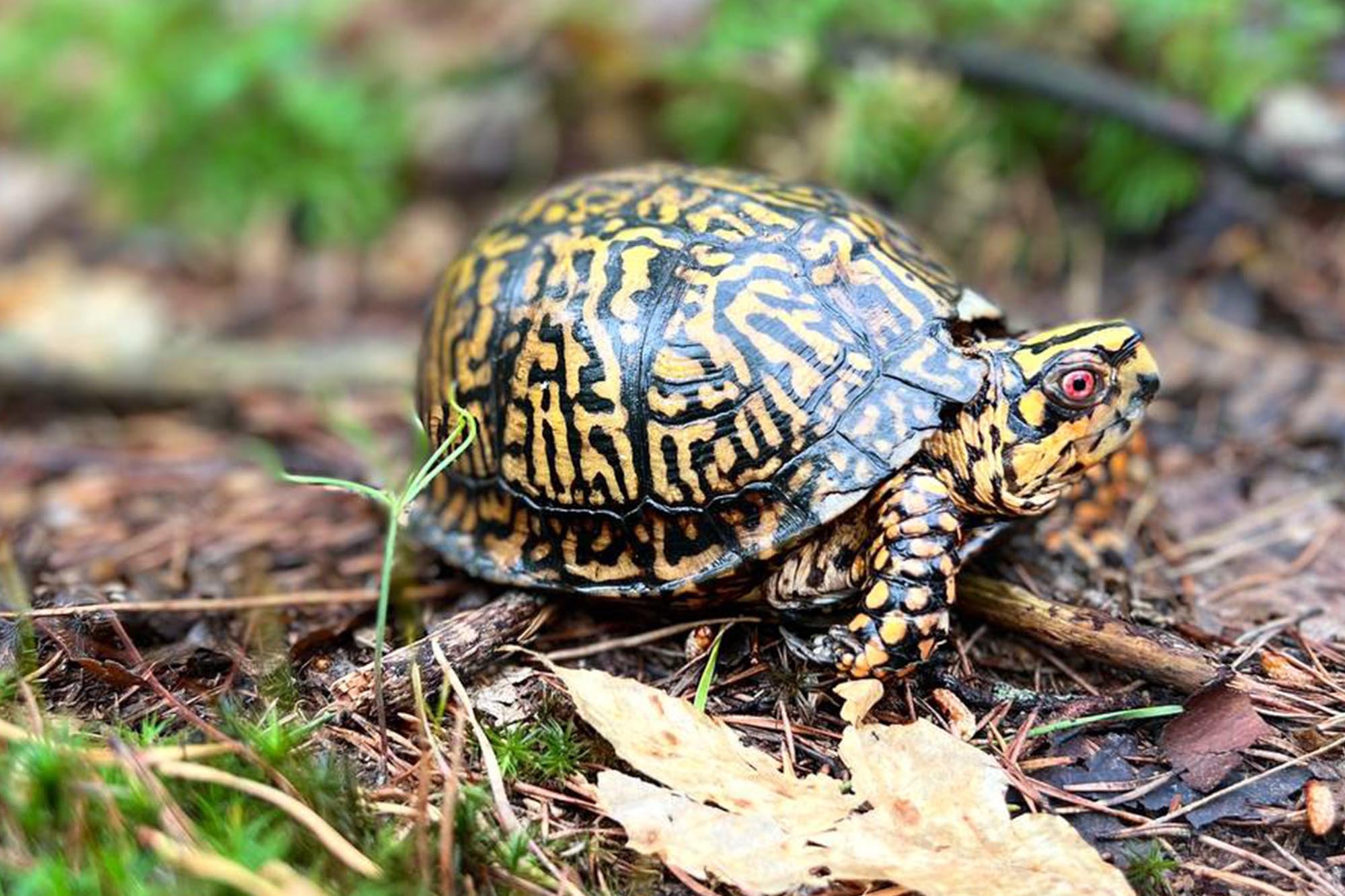
Box Turtle - Photo by Tim Pohlar
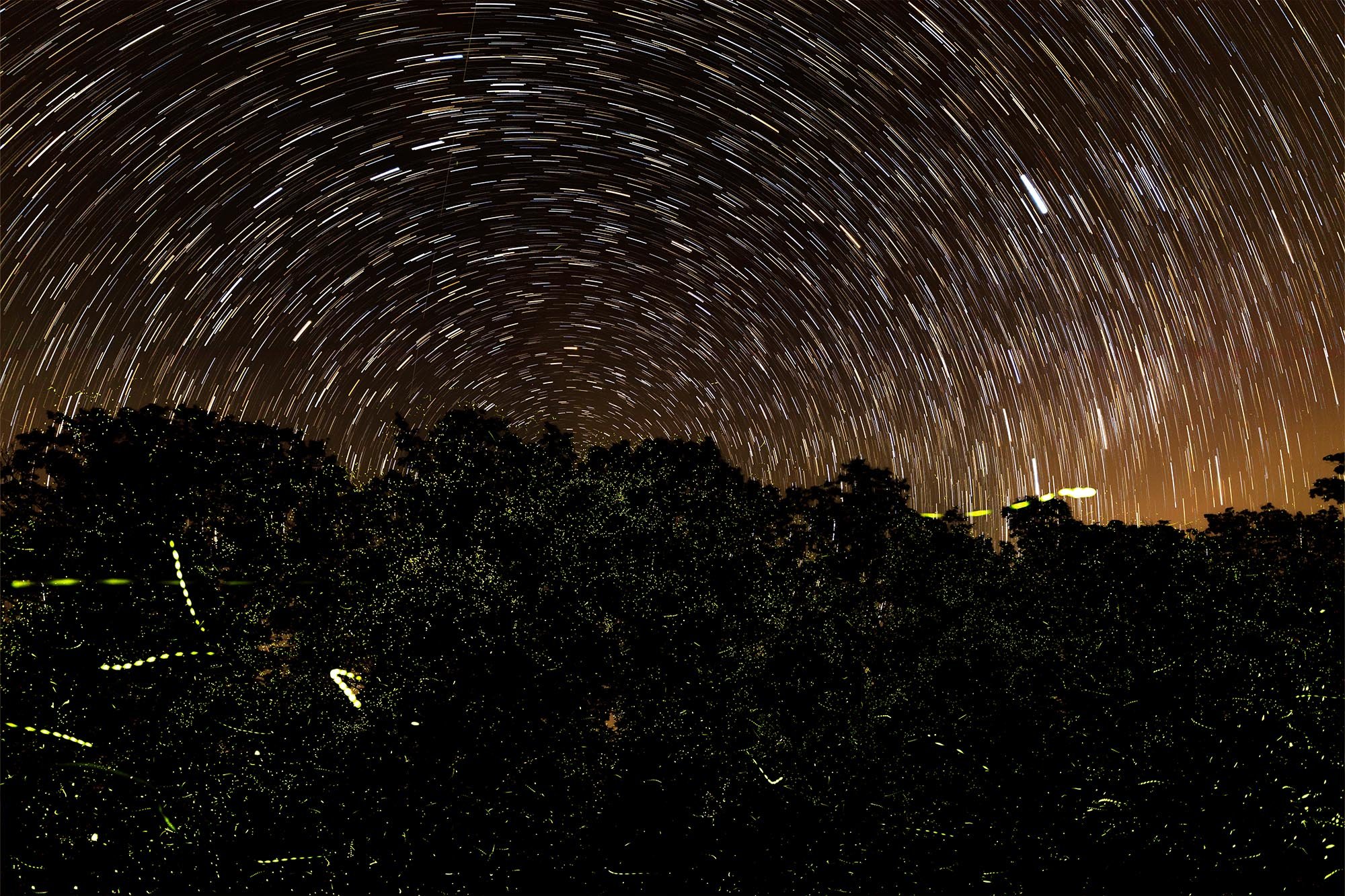
Night Sky - Photo by Brian Prose

Kamama Stream by Brian Prose
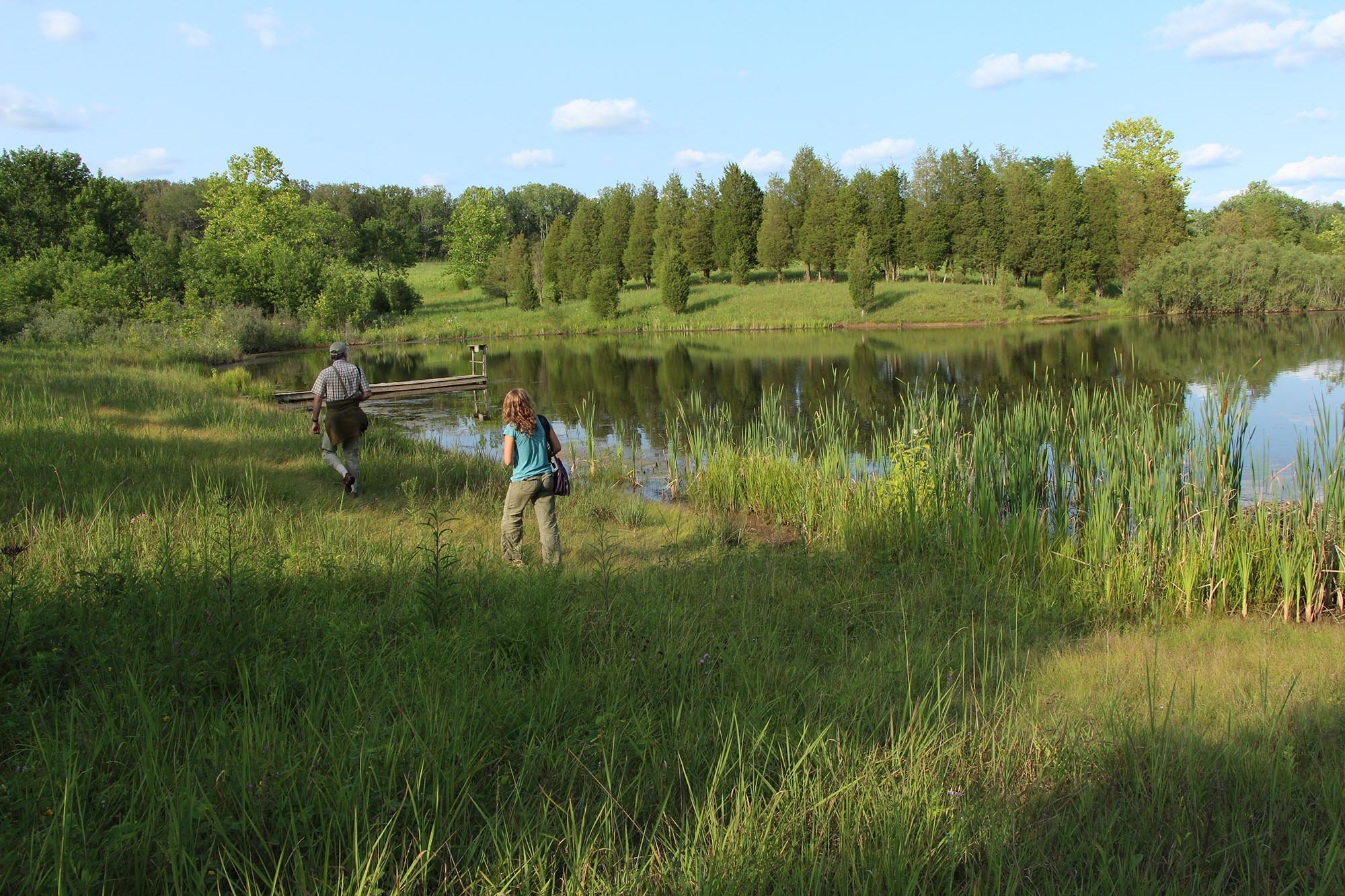
Pastoral Kamama Landscape
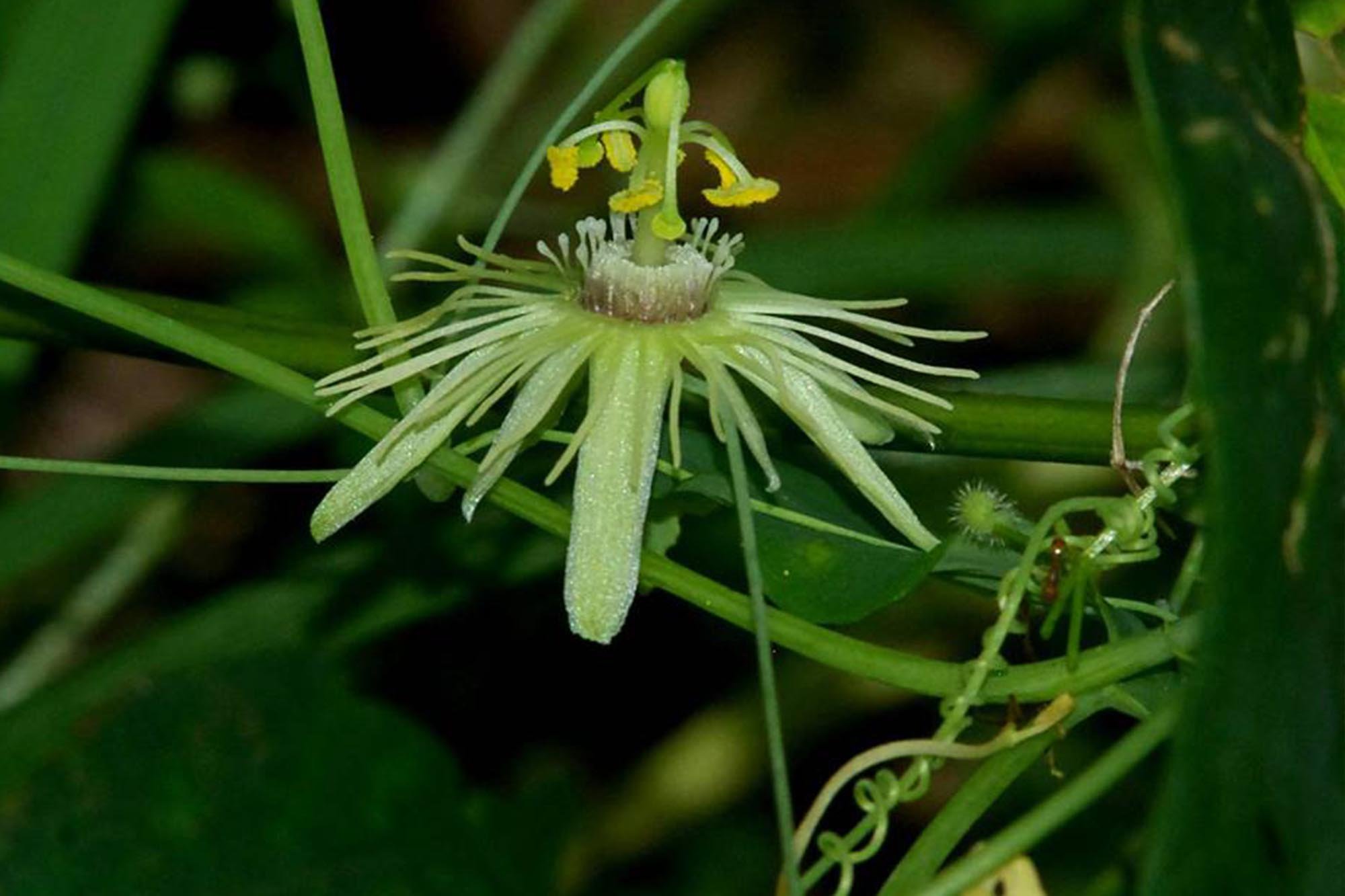
Yellow Passion Flower - Photo by John Howard
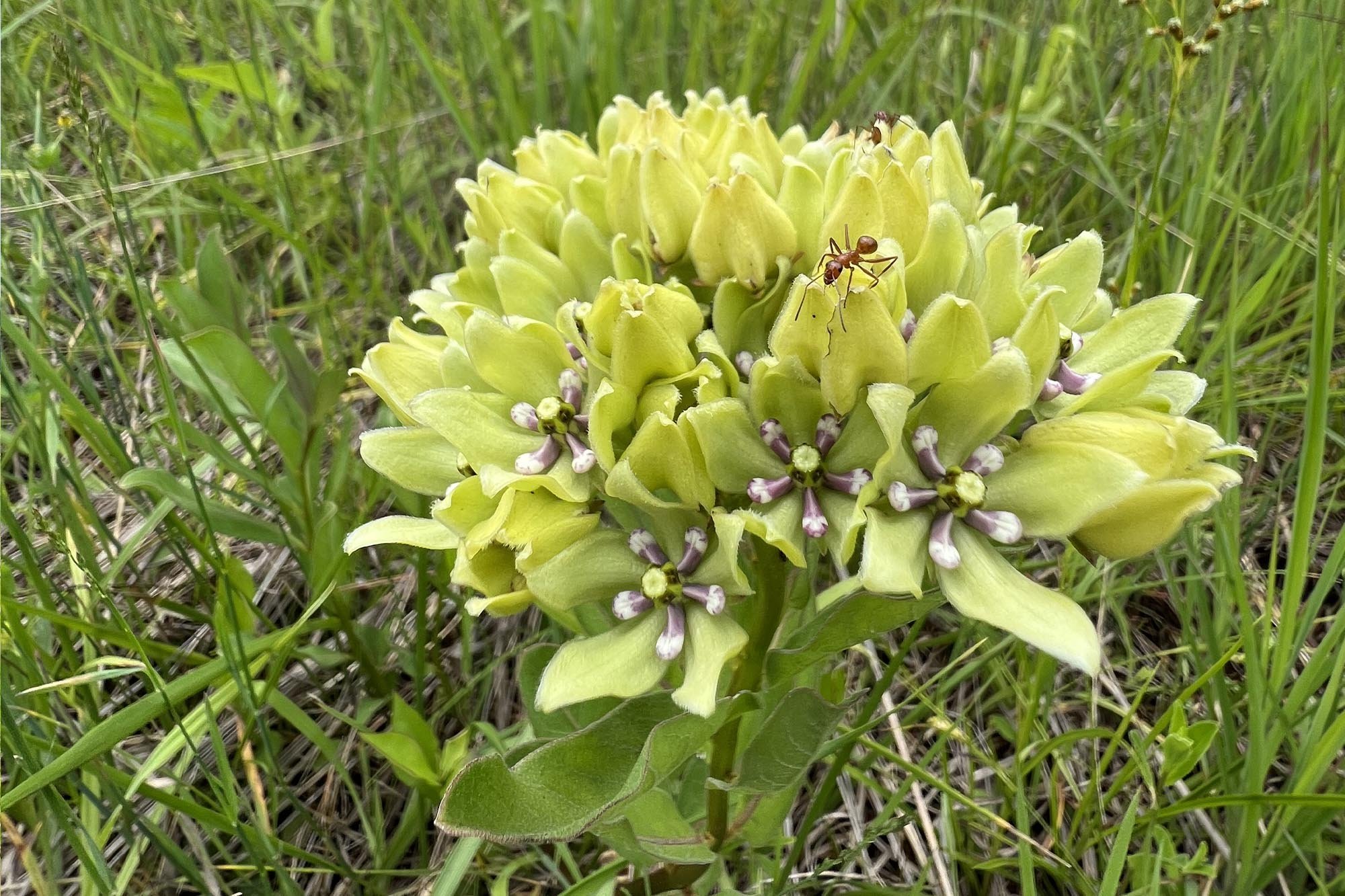
Spider Milkweed - Photo by Tim Pohlar
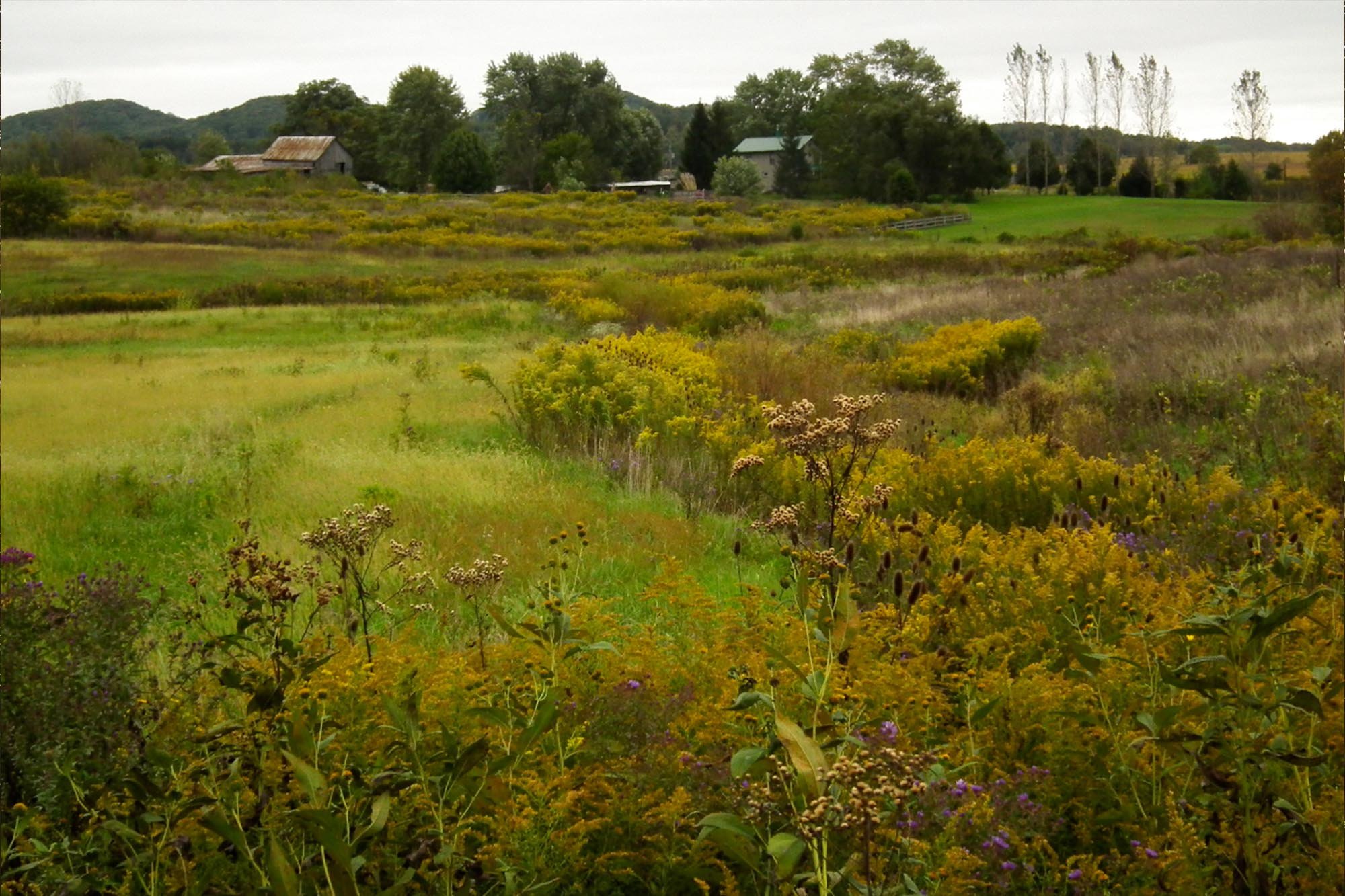
Autumn Subtle Hues by Bob Miller
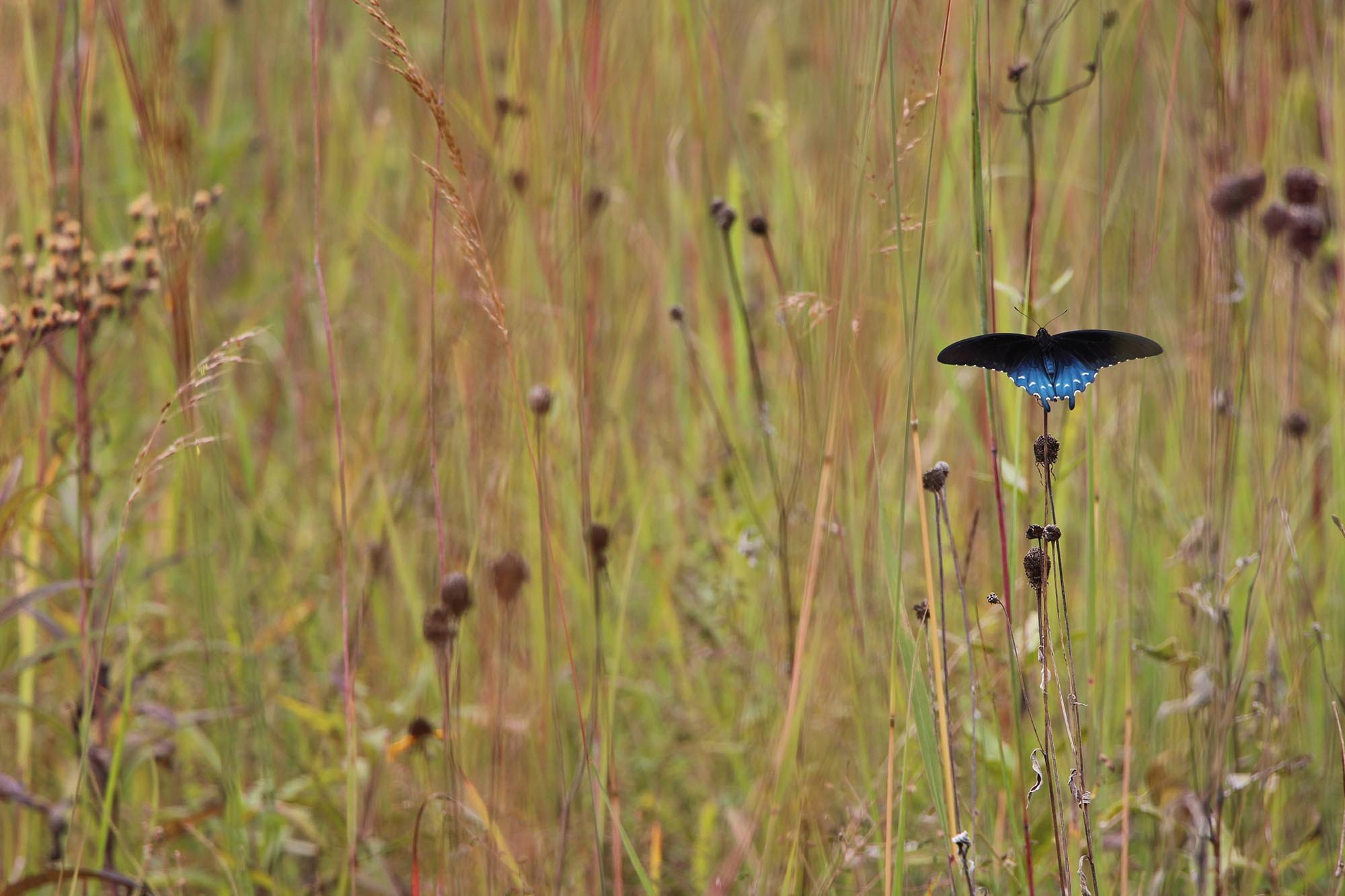
Pipevine Butterfly
History of the Preserve: The Highlands Nature Sanctuary was the first preserve founded by the Arc of Appalachia and remained its only preserve for the nonprofit’s first nine years. It would take a natural community as astounding as the one found at Kamama Prairie to lure the Arc out of the Sanctuary’s Rocky Fork Gorge and to found a second preserve. The purchase of Kamama Prairie’s first 78 acres was accomplished in 2004. Today the preserve is 192 acres in size, having been expanded four times since then. Through the first three additions, Kamama Prairie remained landlocked and without legal access. Finally and fortuitously, in 2022 a parcel of land came up for sale, developed with a residence that connected the preserve with a long frontage on Steam Furnace Road. The house was moved off-site, and the trailhead and trail system were established late in 2023.
What’s in a name? Late in the fall of 2004, when searching for a name for the Arc’s second preserve – one with which we weren’t yet deeply familiar - we were inspired to reach out to one of the greatest linguistic resources for the Eastern Cherokee language, Edwin George. We wanted to grace the new preserve with a name that had indigenous roots in eastern North America. Edwin was one of the few Cherokee speakers still alive who had grown up speaking Eastern Cherokee as his primary language. We asked Edwin to share with us the many Cherokee names we thought might be appropriate for the preserve. Partly because it was one of the few words we felt capable of accurately pronouncing, we ended up choosing the Cherokee word for butterfly, kamama. Our choice turned out to be prophetic.
Butterfly Central: We were to discover the following year that Kamama Prairie’s butterflies were one of its many distinguishing features. In the spring, cobweb skippers, spring azures, and juniper hairstreak butterflies flitted among the brightly colored flowers of Indian paintbrush and hoary puccoon. Northern metalmarks, monarchs, pipevine, and other swallowtails were seen on its midsummer prairie flowers. We now know that Kamama shelters 75 of Ohio’s 135 species of butterflies, and several of them are exceedingly rare. Moths are equally diverse. Kamama has produced not only new county and state moth species records, but also a moth species new to science.
Botanical hotspot: Adams County is the only Ohio county home to the rare natural community known as the alkaline short-grass prairie, or more casually referred to as Cedar Barrens or Cedar Glades. Only roughly 100 small regions of this ecosystem survive in the world–all in the eastern United States and all scattered between extreme southern Ohio to Tennessee and Alabama. Most remnants are less than an acre in size and highly fragmented. Cedar Barrens and Cedar Glades are listed in the data bank of rare plants (NatureServe) as a globally threatened plant community.
Why are alkaline short-grass prairies so rare? For tens of millions of years, most of the eastern United States has been covered by trees. Even today, if left alone, nearly all of the eastern third of the United States would revert back to deep forest. Only further west where rainfall diminishes, in Illinois and Iowa, do trees finally give way to the tall-grass prairies - or used to, before modern agriculture plowed them into near extinction. Further west yet, approaching the Rocky Mountains, the more drought-resistant western short-grass prairie appears and eventually replaces the tall-grass prairie. Although dividing the western grasslands into just two-zones–tall-grass and short grass– is a broad generalization, recognizing two major prairie types is a distinction that helps amateur botanists comprehend the complexities of North America's diverse prairies.
Climates in flux: Climates and ecosystems are always in flux. In the past, the entire North American continent has experienced eras with much dryer and harsher conditions than today. In eras of relative drought, the eastern woodlands contracted while the western prairie zones expanded eastward, and the shortgrass alkaline prairies expanded northward, thus bringing both communities into Ohio. Prairies, both tall and short-grass types, have been moving in and out of Ohio for millennia. Today, only relatively isolated islands of either prairie type can be found in the state. The rich soils of tall grass prairie remnants are usually found in northwestern and central Ohio, where they have been almost entirely displaced by croplands. The very poor soils of alkaline short grass prairies of Adams County have been, for the most part, turned into marginal pastures.
Eastern short-grass prairies are hundreds of miles away from western short grass prairies, and here in the East, they shelter their own distinct assemblage of species. Alkaline short-grass prairies are found only on soils where limestone or dolomite (a high-magnesium limestone) bedrock lies close to the surface, and the soils are old, eroded, and very thin. Here the earth is so highly mineralized that sometimes the soils look more like pavement than growing mediums. Unsurprisingly, such conditions are inhospitable to trees. Nevertheless, some drought-tolerant tree species do exist and are always attempting to march into the prairie openings. Once they gain the canopy, they shade out the sun-loving prairie species. Signature tree species in the Cedar Barrens are limestone-loving red cedars or junipers, and secondarily, white, chinquapin, black and post oaks. Persimmons are also present.
Astounding waves of floral showcases: Kamama’s diverse habitats—its xeric short grass prairies, recovering pastures, juniper-oak woodlands, exposed limestone boulders, cliff edges, and its seeps, springs, ponds and streams—are responsible for the preserve’s grand and diverse explosion of life. Wild columbines dangle from the rim of stream side rock ledges. Showy orchis dot the forest floor, while crested coralroot orchids brighten well-shaded woodlands. But none of these displays holds a candle to the open prairie’s striking floral showcases. Their secret to exuberance is simply this–unrestricted sunlight. Whereas forest canopies limit wildflowers' growing season to the short 4 - 6 week window of sunlight between the last deep freezes of winter and May's unfolding tree leaves, prairies are sun-drenched spring through fall. The glorious sight of bountiful bright and colorful flowers in a sun-scorched meadow should be witnessed and cherished by every eastern U.S. citizen as one of our natural legacies. Miniature plants of the Draba and Leavenworthia genera, hoary puccoon, prairie fire, purple coneflower, prairie coneflower, prairie dock, whorled rosinweed, and stiff gentian are just a few of the species that contribute to the prairie’s glorious floral displays from May through November.
Kamama Prairie is the crown jewel of the Arc’s biodiverse preserves, sheltering 27 state-listed rare and endangered plant species and 67 species that were previously state-listed. Nearly one out of every four state-listed species in the entire 10,000-acre-plus Arc Preserve system lies in this singular relatively small preserve.
More than flowers: It is probably not surprising that a preserve so rich in plants is equally diverse in wildlife, from insects right up the hierarchy of life to birds and mammals. Of particular noteworthiness are Kamama’s reptiles and amphibians. It is not uncommon on a walk through Kamama to see the skittering of five-lined skinks and fence swifts, or to hear the clattering of cricket frogs, their calls sounding like marbles clicking together. Kamama is also home to the shimmeringly beautiful black kingsnake, found only in the southernmost regions of Ohio.

